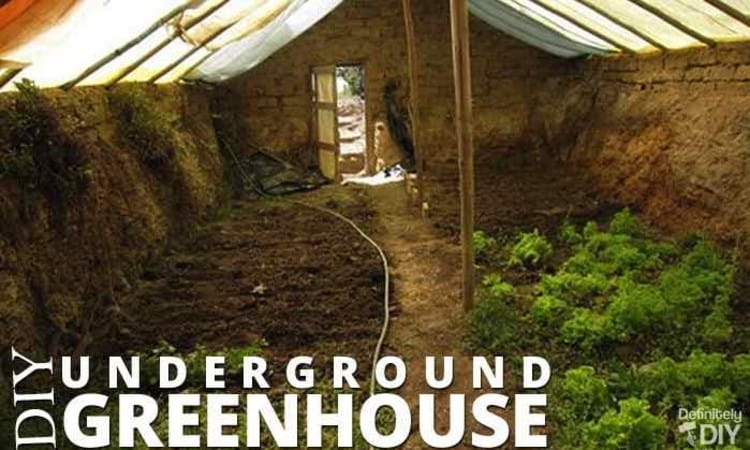The walipini is a greenhouse that is 1.8–2.4 m underground, relying on the earth’s thermal temperatures to warm the interior. The term Walipini comes from the Amaraya Indian language and is translated to “place of warmth.” The greenhouse uses soil as walls, which allows for the solar energy to be absorbed during the day. Then at night this allows for the energy to be released when temperatures drop. The hole for the underground greenhouse is dug in a rectangular shape, and the size of the shape can vary. Berm, demonstrated in the picture above, is made from a mixture of different available materials that provide insulation for the Walipini. These materials can be anything including pine needles, corn husks, wood beams, or brick. The roof, which can be made from plastic sheeting, faces the direction of the sun when it is in its winter solstice. Ventilation systems are installed that allow for the temperatures to be controlled in warmer seasons. When considering building a Walipini it is vital to take into account its placement. If improper water drainage is not taken into account, water penetration of the walls can lead to mold, damaging the crops. The Benson Agriculture and Food Institute has published an extensive Walipini Construction guide on how to construct and decide on a good area in which to build the Walipini.
Though the construction of the Walipini is labor intensive, the results have led to agricultural yields in otherwise hostile environments. This allows for year-round fruit and vegetable production. These underground greenhouses are popping up everywhere from the United Kingdom to Mongolia and everywhere in between. Once a basic understanding of how to construct a Walipini is achieved, the only thing that limits its design capabilities is your imagination.
Sign up for Food Tank’s FREE Weekly Newsletter. More than 110,000 Subscribers And Counting. Click HERE to join.












